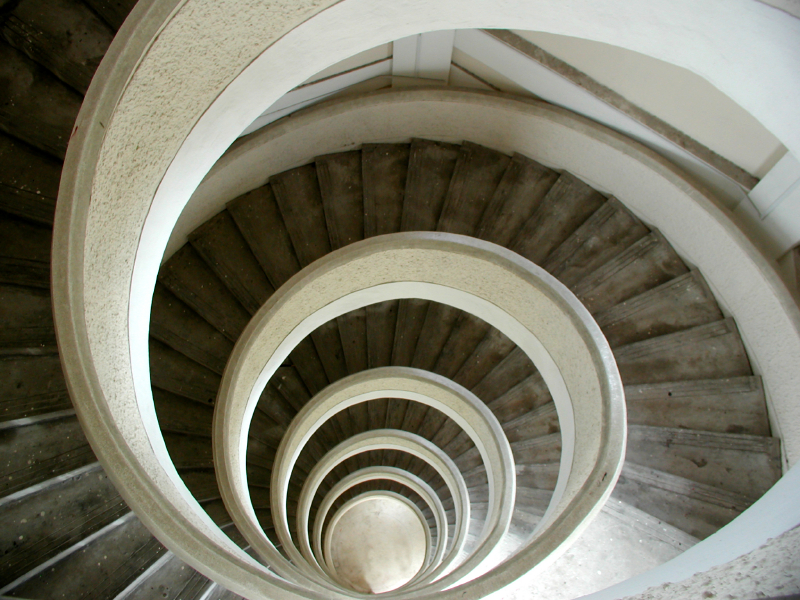In-Building Wireless: The Road to 5G
By: Slavko Djukic
 The wireless industry is seeing a convergence of licensed cellular frequencies and unlicensed protocols such as LTE Unlicensed (LTE-U), License Assisted Access (LAA), and MulteFire and this
convergence should play a major role on the road to 5G. While mobile operators are testing millimeter wave frequencies in the 28-30GHz bands for fixed wireless access in the macro network, 5G
propagation indoors will most likely happen within existing licensed spectrum bands and future unlicensed spectrum in the 3GHz-6GHz bands. In this article, we’ll look at the convergence of licensed
and unlicensed frequencies as a stepping stone to 5G services inside buildings, and outline possible frequency and infrastructure requirements for transitioning to 5G.
The wireless industry is seeing a convergence of licensed cellular frequencies and unlicensed protocols such as LTE Unlicensed (LTE-U), License Assisted Access (LAA), and MulteFire and this
convergence should play a major role on the road to 5G. While mobile operators are testing millimeter wave frequencies in the 28-30GHz bands for fixed wireless access in the macro network, 5G
propagation indoors will most likely happen within existing licensed spectrum bands and future unlicensed spectrum in the 3GHz-6GHz bands. In this article, we’ll look at the convergence of licensed
and unlicensed frequencies as a stepping stone to 5G services inside buildings, and outline possible frequency and infrastructure requirements for transitioning to 5G.
The role of unlicensed LTE frequencies
There’s continuous work being done to get more out of the currently used frequency spectrum. Mobile operators are always looking for more spectrum in order to expand bandwidth and provide their users with faster LTE service. Once they have extracted all they can out of new cell sites, splitting sectors, and carrier aggregation, the next step is to look at the unlicensed spectrum. LTE-U, LAA, and MulteFire are all terms that describe approaches to unlicensed spectrum that will deliver more from current technology.
- LTE Unlicensed (LTE-U) is a protocol that enables mobile operators to increase bandwidth in their LTE networks by using the unlicensed frequency bands, which are also used by Wi-Fi devices.
- License Assisted Access (LAA) is the name given to the Third-Generation Partnership (3GPP) effort to standardize the use of LTE in Wi-Fi frequency bands. LTE-U is an implementation of LAA.
- MulteFire is another license-free implementation of LTE.
|
LTE Technology Guide |
||
| LAA | License Assisted Access |
3GPPP standardization of LTE use in Wi-Fi bands |
| LTE-M | LTE for Machines |
Short-range LTE designed for M2M applications |
| LTE-U | LTE Unlicensed | LTE using unlicensed frequency bands |
| MulteFire | N/A | LTE using unlicensed frequency bands |
While 5G standards are not fully developed, 5G is being tested outdoors with 28-30GHz frequencies. Those frequencies do not propagate well in indoor environments. Thus mobile operators will need lower frequencies for indoor 5G use, where, after all, 80 percent of mobile traffic originates and where 5G will see a wide range of use cases.
Converging licensed and unlicensed frequencies
So how will these unlicensed frequencies converge onto 4G and 5G? While it’s too early to tell when and how 5G will be used in buildings (2020 is a possible target date for widespread implementation), the path to adding unlicensed frequencies for LTE use is fairly clear. Chip makers like Qualcomm (which favors MulteFire) must produce cellular transceivers that can operate in the 3-6 GHz bands, and these chips must be implemented in phones, tablets, and other devices. Networks at these frequency bands must be built.
At some point, users’ devices will implement both licensed and unlicensed frequencies for LTE use and mobile operator networks will decide, for any given environment, what works best for the user to get to the highest throughput.
LTE-M and the IoT
From what we can see today, LTE protocol deployed for IoT applications is LTE-M, which is a licensed, short-range LTE designed for machine-to-machine applications. Some mobile operators are already deploying LTE-M in their networks. At the same time, LTE-M will be one of several wireless standards used for IoT implementations. Wi-Fi, ZigBee, Bluetooth, and others will also provide support for the coming Internet of Things.



















